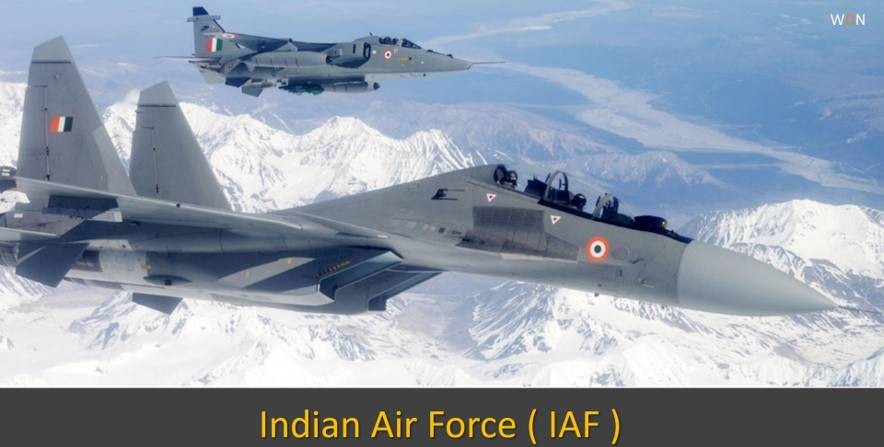 Image Source : World Defence News
Image Source : World Defence News
For nearly five decades, the Indian Air Force (IAF) operated bomber jets that played a decisive role in shaping the nation’s military strategy. These aircraft were instrumental in the Indo-Pakistani wars of 1965 and 1971, executing deep-penetration strikes and reconnaissance missions. Yet today, India has no dedicated bomber fleet. What led to the quiet retirement of these mighty machines?
Key Highlights from Today’s Coverage
- India’s bomber fleet, led by the English Electric Canberra, served from 1957 to the early 2000s
- Played a pivotal role in the 1965 and 1971 wars, including the daring Peshawar airbase strike
- Retired due to strategic shifts, technological evolution, and changing warfare doctrines
- Multi-role fighter jets now dominate India’s aerial strike capabilities
The Rise of the Bomber Era
Induction of the Canberra
- In 1957, India acquired the English Electric Canberra B(I)58 bombers from Britain
- Capable of flying at over 900 km/h and reaching altitudes above 48,000 feet
- Could carry up to 6,000 pounds of bombs, making it one of the most advanced medium bombers of its time
Combat Contributions
- 1965 War: Canberra jets executed bold night raids, including a high-impact strike on Peshawar airbase
- 1971 War: Played a crucial role in the Bangladesh Liberation War by targeting Pakistani supply lines and infrastructure
- Reconnaissance and electronic warfare variants provided critical intelligence and disrupted enemy communications
Why Did They Disappear?
Strategic Realignment
- India never pursued heavy strategic bombers like the US B-52 or Russian Tu-95
- Focus shifted to agile, multi-role fighter jets capable of precision strikes and air superiority
- The rise of satellite surveillance and drones reduced reliance on manned bombers for reconnaissance
Technological Obsolescence
- Canberra jets, despite upgrades, became outdated in the face of modern air defense systems
- Maintenance costs and operational limitations made them less viable
- Newer platforms like the Sukhoi Su-30MKI and Rafale offer superior versatility and survivability
Evolving Warfare Doctrine
- Modern conflicts emphasize speed, stealth, and multi-role adaptability
- India’s defense strategy now prioritizes rapid deployment and integrated air-land-sea operations
- Bomber jets, once symbols of brute force, no longer fit the tactical mold
Legacy and Lessons
- The Canberra era remains a proud chapter in India’s military aviation history
- Demonstrated India’s ability to project power and precision across borders
- Served as a bridge between post-independence defense aspirations and modern air warfare capabilities
- Their retirement marks not a loss, but a transition toward a more agile and technologically advanced force
Conclusion
The disappearance of India’s bomber jets is not a story of neglect but of evolution. As warfare transforms, so too must the tools that define it. The Indian Air Force’s shift from dedicated bombers to multi-role fighters reflects a broader strategic recalibration—one that continues to shape the future of national defense.
Source: MSN News
Advertisement
Advertisement






